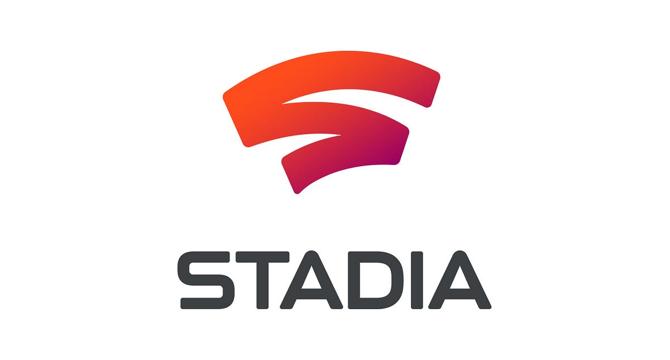Medium
3w
382

Image Credit: Medium
The Rise and Fall of Google Stadia: A Post-Mortem Analysis of Cloud Gaming’s Most Ambitious…
- Google Stadia was positioned as a 'Netflix for games' with a focus on cloud gaming, aiming to deliver high-fidelity gaming experiences without the need for consoles or high-end PCs.
- Stadia utilized custom AMD GPUs and edge computing nodes across 76 countries to minimize latency, with independent tests reporting varying latency experiences for players.
- Challenges for Stadia included high latency issues, limited internet speeds globally, confusion regarding subscription models and game purchases, and a modest game library lacking exclusivity.
- Stadia's Linux-based architecture created challenges for developers, leading to high porting costs and limited adoption of the platform for game releases.
- Stadia's integration with YouTube for interactive gaming experiences faced limited developer participation, hindering its community-driven vision.
- Google's focus on appealing to 'premium gamers' overlooked broader market segments, leading to hardware and pricing missteps that hindered Stadia's competitiveness against established consoles.
- Competitors like Microsoft and Sony leveraged their existing ecosystems to offer seamless cloud gaming experiences, emphasizing user retention and content cohesion where Stadia fell short.
- Stadia's reputation for discontinuing services and lack of developer confidence impacted its ability to secure exclusive content and build a loyal user base.
- Future cloud gaming services are expected to focus on cross-buy incentives, exclusive cloud features, and better market alignment to avoid the pitfalls faced by Stadia.
- Stadia made technical advancements but failed to balance technical ambition with consumer needs, leading to its shutdown despite the growing cloud gaming market.
- The failure of Stadia underlines the importance of reliable infrastructure, strong content offerings, and clear monetization strategies for the success of cloud gaming platforms.
Read Full Article
23 Likes
For uninterrupted reading, download the app